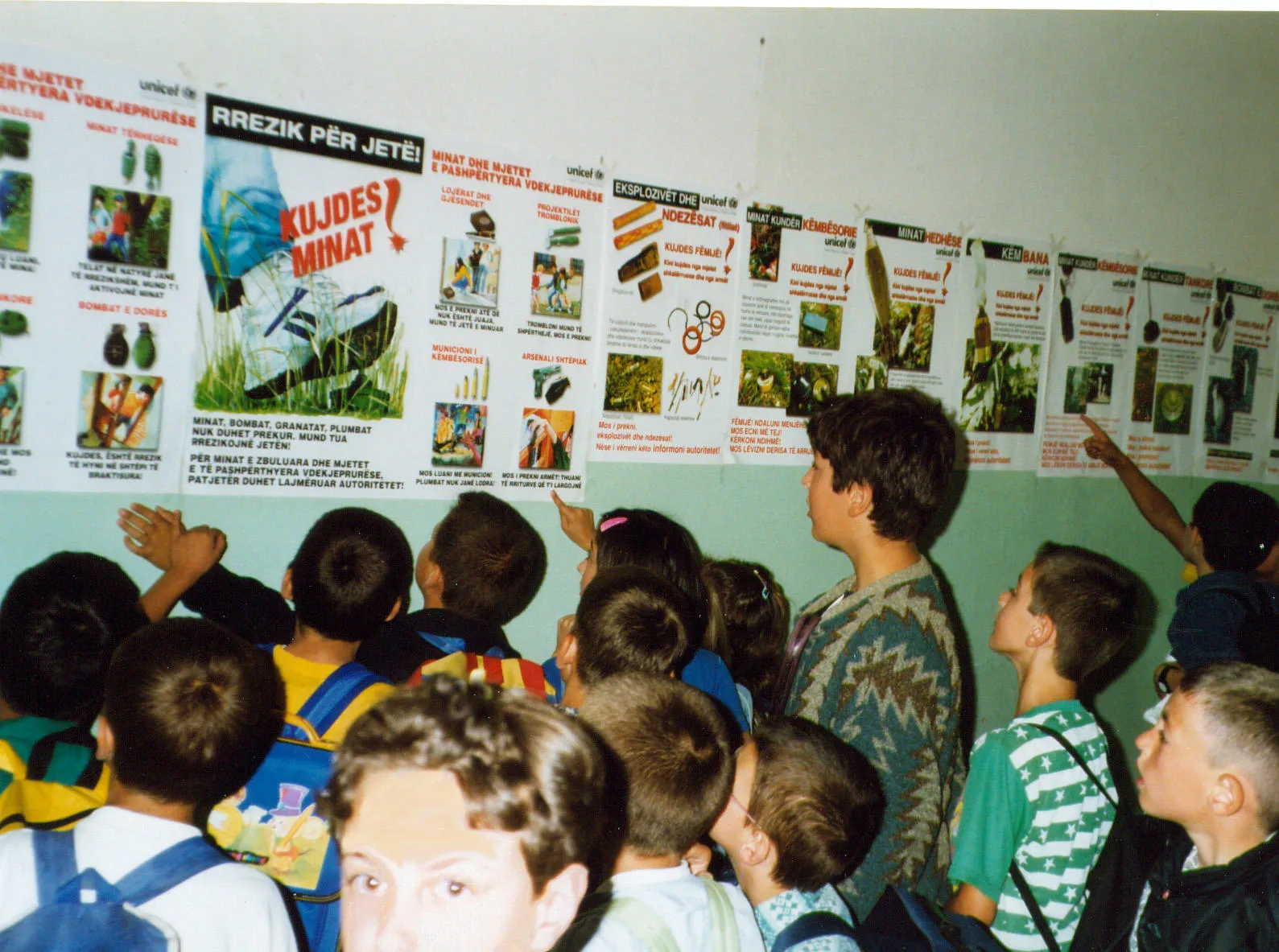19 May 2017
A new review reveals the devastating effect explosive weapons and landmines left behind after conflict have on those still living in the affected countries.
A new review reveals the devastating effect explosive weapons and landmines left behind after conflict have on those still living in the affected countries.

A new review reveals the devastating effect explosive weapons and landmines left behind after conflict have on those still living in the affected countries.
In a paper published today in Lancet Public Health, King’s researchers say the consequences of such explosive remnants of war (ERW) are much wider than previously considered, impacting not only on the physical and psychological well-being of populations, but on public health, society and the economy.
International support for clearing mines is at its lowest since 2005
Alexandra Frost, lead author & affiliate of King’s Conflict and Health Research Group
In a systematic review of over 50 studies dating back to 1960, researchers from King’s Conflict and Health Research Group partnering with Fenix, IPRI and PAX, analysed studies from 22 countries. They looked at the effects of landmines, unexploded ordnance (UXO) – explosives that have been fired during conflict yet remain unexploded- and abandoned explosive ordnance (AXO).
Researchers found that the reverberating effects of landmines and UXO were wide-ranging, with negative impacts on internally displaced populations and returning refugees, physical security, economic productivity, child health and educational attainment, food security, and agriculture.
More men were injured or killed by landmines or UXO than were women. Casualties on average were aged between 18 to 38; considered an ‘economically productive’ age range, with victims likely to be doing an activity of economic necessity at the time of injury, such as farming and grazing livestock.
One study discussed in the review that looked at Afghanistan, Bosnia, Cambodia, and Mozambique, revealed that households with a mine victim were 40 per cent more likely have difficulty providing food for their family.
Lead author Alexandra Frost, from King’s Conflict and Health Research Group, said: ‘International support for clearing mines is at its lowest since 2005. However, this research demonstrates that mine action has an important benefit, not just by reducing injury and deaths, but also by improving the socioeconomic outcomes for affected communities, such as child health, sustainable livelihoods, and agriculture.’
Explosives left unused or dumped after a conflict – known as AXO – remain an under-researched threat to public health. It raises important questions, the authors state, on whether countries such as the U.K. and U.S. who engage in arms sales should be held accountable if their manufactured weapons end up abandoned with the potential to cause harm.
Co-author Professor Richard Sullivan, Co-Director of King’s Conflict & Health Research Group, said: ‘The effects of ERW are disproportionately borne by citizens of low-income and middle-income countries. Working with our partners in this field – FENIX, PAX and IPRI – we call on the international community to urgently consider the broad impacts on communities and global health of this serious public health threat.’
Top image: A child in Kosovo near the BLU-97 submunition he has just discovered. This type of unexploded munition was responsible for dozens of fatalities after the war. Credit: Colin King
Second Image (L-R): Children examine mine awareness posters in Kosovo; A child in Kosovo near the BLU-97 submunition he has just discovered. This type of unexploded munition was responsible for dozens of fatalities after the war. Credit Colin King
